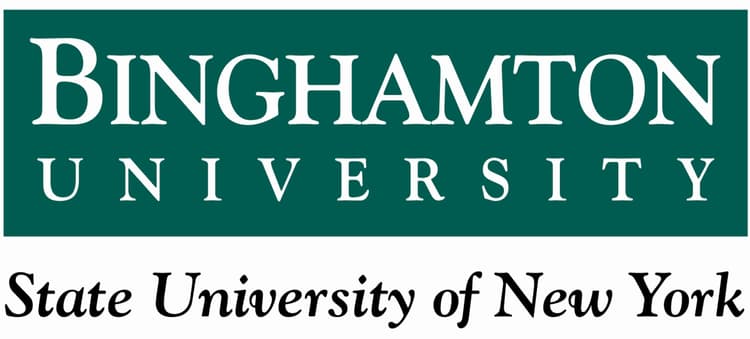

At the State University of New York at Binghamton (SUNY Binghamton), located in Binghamton, New York, salary expectations for faculty and staff are typically determined by factors such as role, academic rank, years of experience, and field of expertise. Salaries often vary significantly between disciplines, with STEM fields generally commanding higher compensation due to market demand. Additionally, administrative roles may have different pay structures compared to academic positions. While SUNY Binghamton operates under the broader SUNY system, which adheres to public sector transparency, specific salary bands for individual roles are not always publicly disclosed at the university level. However, aggregate data or ranges may be accessible through state-wide public employee salary databases or union agreements.
Salaries at SUNY Binghamton are generally competitive within the public university sector, particularly when benchmarked against other SUNY institutions. As a public university, compensation often aligns with state guidelines, which may limit flexibility compared to private institutions but ensures a level of stability and transparency. Progression in academic roles typically follows a structured path, with salary increases tied to promotions, tenure, and performance evaluations. For administrative staff, raises may depend on state budgets and union negotiations. Overall, while specific individual salaries are not always publicly available, the university’s adherence to public sector standards provides a framework for understanding compensation trends.